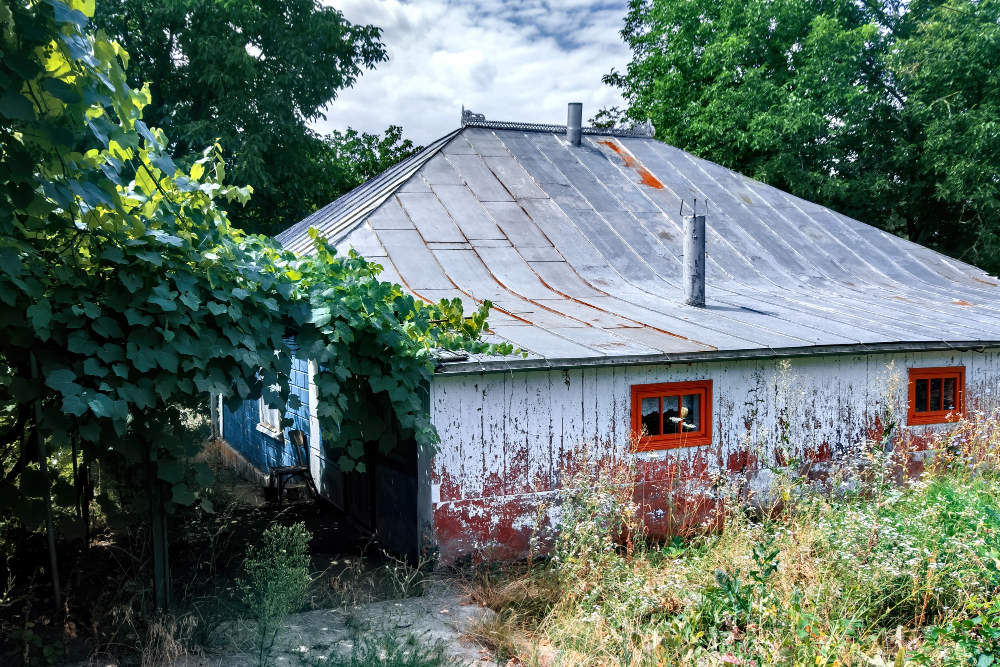For decades, roofing was viewed as a straightforward trade — fix leaks, replace shingles, and move on. But in recent years, America’s roofing industry has undergone a remarkable transformation. What began as a reaction to increasingly severe storms and insurance claims has evolved into a movement toward smarter, more sustainable, and technology-driven roofing practices. From solar integration to impact-resistant materials, roofing professionals nationwide are proving that resilience and environmental responsibility can coexist — and Colorado Springs roofing companies are among those leading the charge.
The Storms That Sparked Change
The shift began with the weather. Across the United States, extreme storms have become more frequent and more damaging. States like Colorado, Texas, and Florida consistently top the list for hail, wind, and hurricane-related claims. The roofing industry, which sits on the front line of storm recovery, realized that short-term patchwork repairs weren’t enough.
As homeowners grew tired of repeated replacements, roofers began turning to stronger, longer-lasting materials — Class 4 impact-resistant shingles, metal systems, and synthetic composites capable of withstanding high winds and heavy hail. Insurance companies followed suit, offering premium discounts for resilient roofing installations. These changes didn’t just reduce claims; they redefined what homeowners expect from a roof.
The Rise of Sustainable Roofing
Out of that storm-driven innovation came another opportunity: sustainability. The roofing industry discovered that the same materials designed for durability could also reduce energy use and environmental impact.
Cool roofing systems, for example, use reflective surfaces to reduce heat absorption, keeping homes cooler in hot climates and lowering air-conditioning costs. In colder regions, better insulation and underlayment systems help retain warmth and reduce heating bills. Metal and tile roofs — both recyclable — have seen renewed popularity for their longevity and minimal waste footprint.
Meanwhile, solar-integrated roofing has exploded in demand. Homeowners who once viewed solar panels as bulky add-ons now see sleek solar shingles and energy-generating tiles as aesthetic, functional investments. These hybrid systems are helping homes produce power, reduce reliance on fossil fuels, and add long-term value — a trend expected to continue accelerating through the decade.
Technology and Data Transforming the Trade
Roofing is also becoming more data-driven. Drone inspections, thermal imaging, and satellite measurements allow contractors to assess storm damage safely and accurately. AI-powered estimating software can now analyze roof geometry and generate precise repair quotes in minutes.
For large-scale operations and franchises, cloud-based project management systems help coordinate crews, track warranties, and manage insurance claims more efficiently than ever. This technology not only improves accuracy and accountability but also enhances customer trust — something that’s becoming as valuable as craftsmanship itself.
The Local Models Shaping National Change
Cities like Colorado Springs have become case studies in roofing innovation. Facing frequent hailstorms, fluctuating temperatures, and rapid housing growth, Colorado Springs roofing companies were among the first to adopt advanced materials and streamlined insurance collaboration. Their success in combining resilience, speed, and sustainability has influenced contractors nationwide.
Today, roofers in storm-prone regions often look to markets like Colorado Springs to understand how to scale responsibly — balancing profit, performance, and environmental impact.
The Future: Smarter, Greener, Longer-Lasting Roofs
As roofing continues to evolve, one thing is certain: the industry’s future lies in its ability to adapt. Manufacturers are developing recyclable membranes, solar-ready metal systems, and even “green roofs” with living vegetation to improve air quality and water absorption.
At the same time, more contractors are training in sustainable installation methods, offering energy audits, and educating homeowners on long-term savings versus short-term fixes.
The American roofing industry is no longer just about surviving the next storm — it’s about building for the future. What began as a reaction to damage and disaster has become a blueprint for sustainability, innovation, and smarter home design. From storm resilience to solar efficiency, the roof above your head has never carried more purpose — or more potential — than it does today.
 seolounge
seolounge